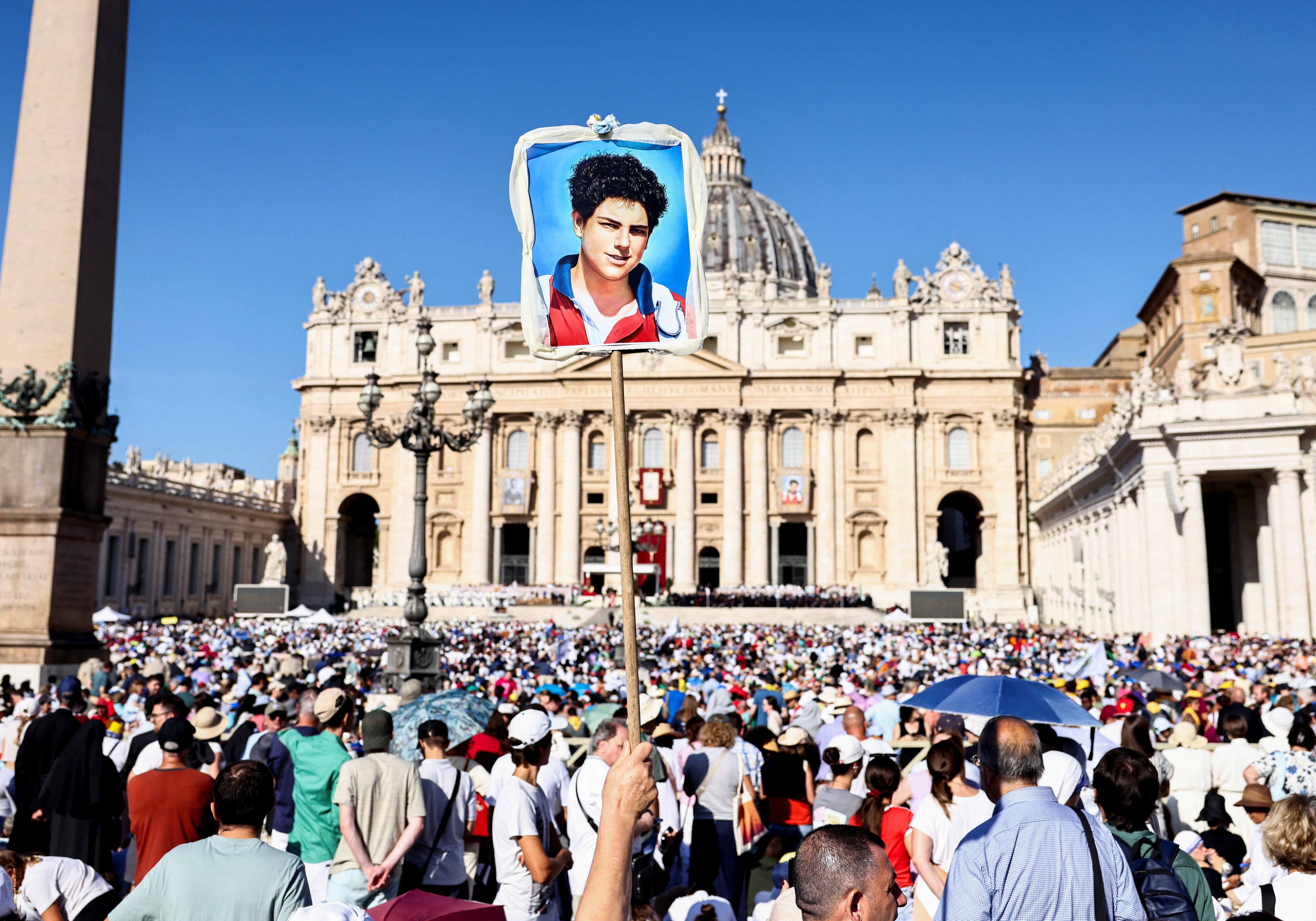April 6, 2018 at 1:53 p.m.
On a dig in Jordan
A religious studies professor and three students from Siena College in Loudonville followed that regimen for more than six weeks when they joined a consortium of other American colleges at a dig near the Dead Sea in the Hashemite Kingdom of Jordan.
Dr. Michael Dick, his son Jonathan, Nicholas Spano and Luke Kruchinski travelled to Jordan in late May to assist with the ongoing excavations at Khirbet Iskander, located about one hour south of Amman.
History in earth
"This is one of the most important Early Bronze sites in the Near East, since it was only occupied during this period and has levels from all four phases" of the Early Bronze Age, Prof. Dick explained.The Great Pyramids of Egypt were being built around that same time period.
The dig director is archaeologist Dr. Suzanne Richard of Gannon University in Erie, Penn. She and Prof. Dick were classmates at Johns Hopkins University. For the past 18 years, she has overseen the excavations at Khirbet Iskander. The dig finds are lending credence to her doctoral thesis that sedentary people lived in the area of Khirbet Iskander during the Early Bronze Age. Previously, it was believed that only nomadic peoples roamed that area.
Finding the past
So far, the structures and artifacts unearthed at Khirbet Iskander include fortifications, gates, monumental buildings and cemeteries. One of the first walled cities in the area, it is located close to the Kings Highway. Parts of the site are open for public viewing.The group stayed in Madaba in houses owned by the American Center for Oriental Research. During their off hours, the students enjoyed frequenting the local shops and restaurants. Also, they were able to travel extensively throughout Jordan and Israel.
Mr. Spano's most memorable experience was a bus ride from Amman to Aqaba, situated on the Red Sea at the southern tip of Jordan. He said it was "six hours in one of those little local buses, with the curtains and all those decorations hanging from them."
It was hot, cramped and smelly, but they were rewarded at the end: Aqaba is a paradise, whose warm gulf waters, in contrast to the Dead Sea, are teeming with colorful marine life.
"Aqaba was probably the nicest place we went to," he said. "The coral was beautiful. Plus, Aqaba had air conditioning and unlimited water!"
Wedding
Several students, including Mr. Spano, were invited by one of the hired hands at the dig to a Muslim wedding reception in Dhiban, not far from Madaba. He said most of the town was from the Beni Hamideh tribe, and many of them turned out for the festivities.The wedding party and guests celebrated separately in two tents: women in one, men in the other. Mr. Spano politely asked the groom the name of his bride. He was taken aback with the response: "Why do you ask? You're never going to see her." Seldom do Muslim men and women mingle in public.
The students had an opportunity to taste Jordan's national dish at the reception. Mensaf consists of a tray layered with flat Arab bread, then a bed of rice, then seasoned lamb sauteed in a yogurt sauce. Finally, almonds or pine-kernels are sprinkled on top.
Mr. Spano said it "usually comes with the lamb's head right on the top, looking at you. But they took ours off because they didn't think we'd want it." Special guests might even be presented with the cooked eyes of the sheep as a delicacy. Mensaf is eaten communally by pulling off a piece of bread and using that to scoop up the other ingredients.
Wilderness sojourn
Prof. Dick also had a taste of the local culture. He took a trip into the wilderness to find the ancient city refuge of the Edomites, a people of Old Testament times."We passed by a Bedouin encampment," he said, "and they insisted that we have tea, Bedouin bread and cheese. You cannot pass by without spending time with the people."
He found the Jordanians to be warm and hospitable, and they made him feel genuinely welcome.
More to do
Khirbet Iskander and dozens of other archeological sites in Jordan and throughout the Middle East are open to students and visitors who, literally, dig history.It will take decades more, if not centuries, to excavate and preserve all of the ancient settlements which still lie buried. An aerial survey of Jordan in 1953 identified about 25,000 potential project areas.
(For more information on particular digs in Jordan, visit http://archaeology.about.com/science/archaeology/library/atlas/bljordan.htm.)
(08-03-00) [[In-content Ad]]
- Modern Christian martyrs show power of love in face of hatred, pope says
- Pope says his biggest challenge since election is being a world leader
- Full text: Pope Leo XIV’s Angelus message for September 14, 2025
- Celebrating an American Saint: St. Elizabeth Ann Seton canonization at 50
- Thousands of visitors celebrate Pope Leo’s birthday in St. Peter’s Square
- Erika Kirk urges nation to embrace faith, family, patriotism after husband’s murder
- Pope welcomes Burch as new U.S. ambassador to the Holy See
- Catholic leaders acknowledge tension between Trump immigration policy, religious liberty
- Peace requires a ‘different narrative’ world’s top church leaders urge
- Washington Roundup: Officials call for calm in US; lawmakers react to Russian drones; and more







Comments:
You must login to comment.